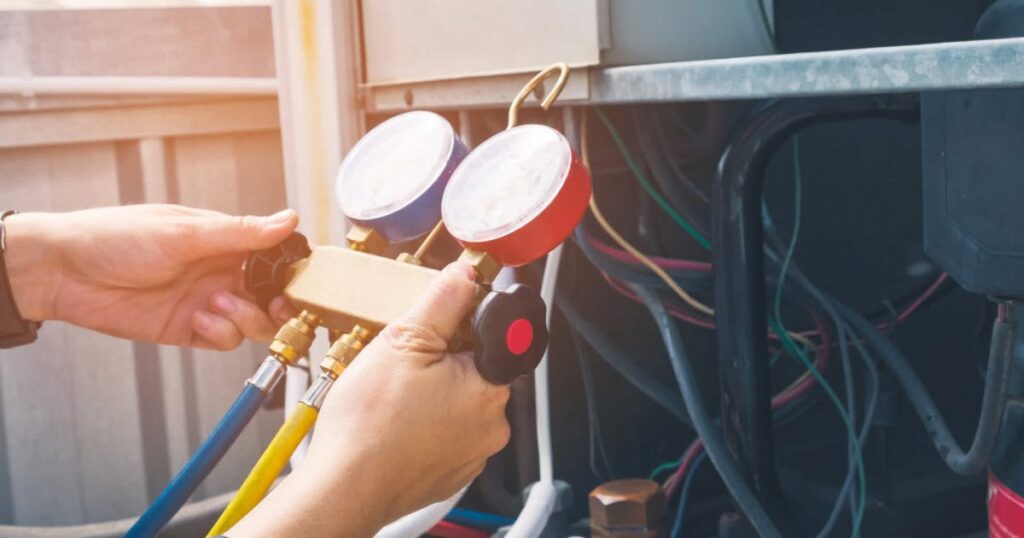Types of U.S. Gas Leak Detectors Industry
There are several different types of gas leak detectors used in the United States to detect potentially dangerous gas leaks and keep people safe. Each has its own strengths and capabilities.
Combustible U.S. Gas Leak Detectors Industry
Combustible U.S. Gas Leak Detectors (CGIs) are among the most basic gas detectors. They use a sensor to check for the presence of combustible gases like methane and propane. If gas is detected above a certain threshold, the detector will activate an audible and/or visible alarm. CGIs work well for detecting larger leaks but may not pick up on small amounts of gas.
Photoionization Detectors
Photoionization detectors (PIDs) use a UV light source to ionize gas molecules. The amount of current produced corresponds to the type and concentration of gas. PIDs can detect a wide variety of gases, making them more versatile than CGIs. However, they require more power and maintenance. PIDs are well-suited for tracing small leaks and vapor detection.
Infrared Gas Detectors
Infrared gas detectors use infrared light to detect gas leaks. Each gas molecule absorbs infrared light at specific wavelengths. An IR detector analyzes the absorbed infrared spectrum to identify gas type and concentration. IR detectors can pinpoint very small amounts of multiple kinds of gases simultaneously. However, they are more expensive and complex than other options.
Electrochemical Gas Detectors
Electrochemical sensors use a chemical reaction between gas molecules and electrodes to detect target gases. The reaction produces a voltage change proportional to gas concentration. Electrochemical sensors can measure low levels of gases like carbon monoxide and oxygen very accurately. While effective, they have shorter lifespans than other detector types.
How Gas Leak Detectors Work
Regardless of type, all gas leak detectors follow the same basic process to detect target gases:
1. Gas enters the sensor chamber through a gas inlet port. Some detectors have sampling pumps to actively draw in air.
2. The sensor inside reacts to the presence of target gas molecules. Different sensor technologies use optical, chemical, or thermal reactions.
3. The gas reaction causes a change in an electrical property like current or resistance within the sensor. This change corresponds to gas type and concentration.
4. An onboard processor in the detector analyzes the sensor output signal. It compares the signal to preset threshold levels for each gas.
5. If gas concentration exceeds any thresholds, the detector activates visual and audible alarms to alert the user to the leak. Readouts may also display gas type and quantity.
6. Sensors need regular calibration and replacement to maintain accuracy over time as they degrade from use. Detectors may also need battery or filter changes.
Features of Gas Leak Detectors
Gas detectors include additional important features beyond just detection capabilities:
– Detection thresholds can be adjusted to different levels for varying response sensitivity.
– Alarms may be adjustable in volume and include visual warnings like flashlights.
– Data logging tracks peak readings and histories that can help locate intermittent leaks.
– Multi-gas models simultaneously screen for multiple targeted gases like methane, carbon monoxide, hydrogen sulfide.
– Wireless and remote monitoring allows detectors to transmit alarm signals over distances.
– Durable designs withstand job site conditions with water/ dust resistance and tough casing materials.
– Easy-to-use interfaces have simple controls, intuitive screens, and clear notations for non-expert users.
Overall, properly using gas detectors with an understanding of their specifications ensures the best protection against hazardous leaks in workplaces and homes. Regular maintenance keeps them calibrated and extending operational lifetimes.
*Note:
1.Source: CoherentMI, Public sources, Desk research
2.We have leveraged AI tools to mine information and compile it

